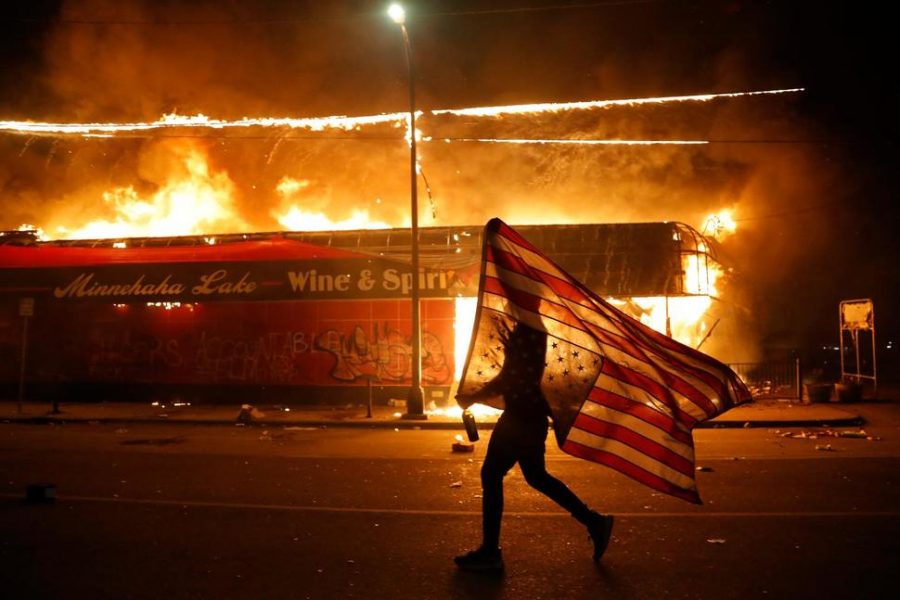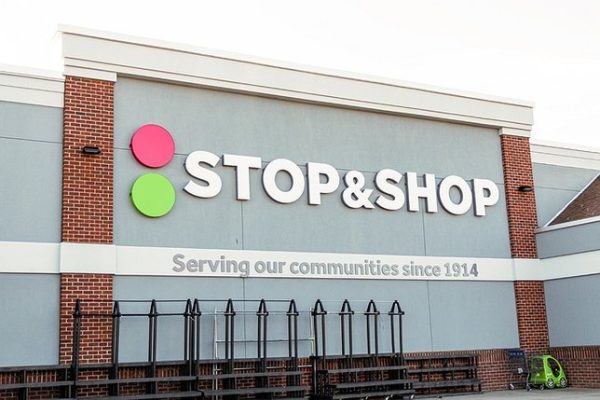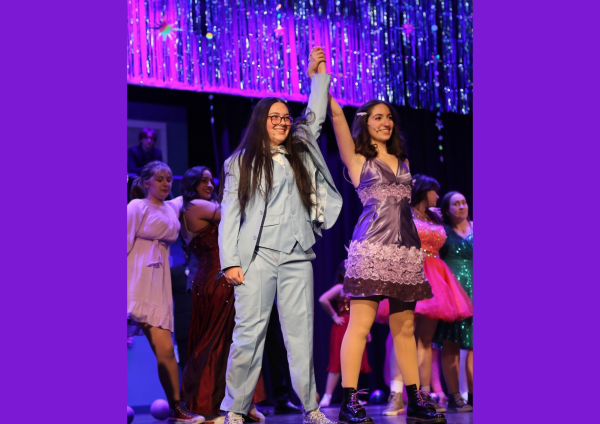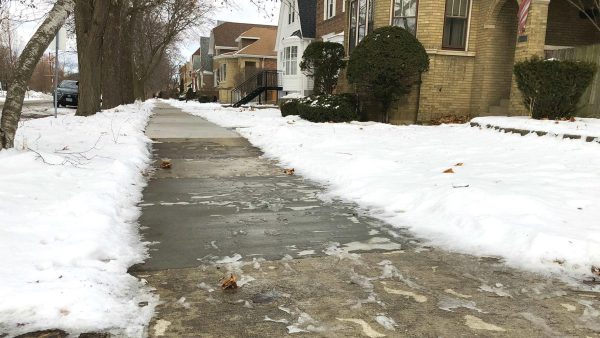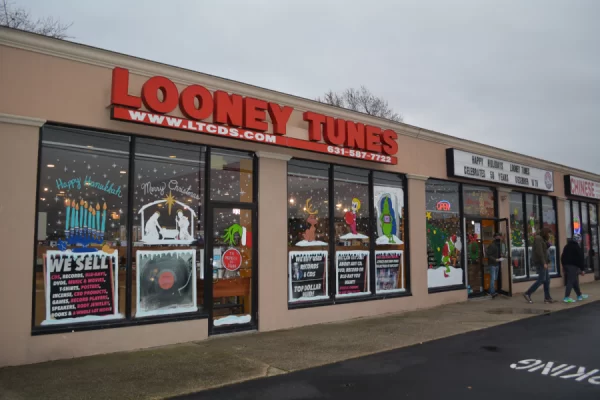Promoting Change as a High School Student
A guide for students looking to support demonstrators in their fight for racial equality
A protester runs in front of a burning building in Minneapolis waving an upside down flag, a symbol of emergency or danger.
June 2, 2020
The past week has seen protests calling for systemic reform break out across the United States following the death of George Floyd at the hands of Derek Chauvin, a Minneapolis police officer who has subsequently been fired, arrested, and charged for the murder. Many high school students, who are witness to the devastation, but understand the reasoning behind it, are left wondering how to help.
The obvious answer is to attend a protest; however, for many, this may be difficult. Most of the major protests are in large cities like New York, and parents may not approve of one’s participation. On top of that, social distancing and quarantine have rendered the idea of attending a “super spreader” event dangerous. So the question remains: how can high school students show solidarity with and provide aid for the protesters fighting racial injustice?
Donations
One easy way to support the fight against racial injustice and police brutality is by donating to organizations committed to doing so. While many organizations and funds have been circulated online, there are a few that are particularly helpful.
The Minnesota Freedom Fund is an established not-for-profit dedicated to posting criminal bail and immigration bond for those unable to pay in an effort “to end discriminatory, coercive, and oppressive jailing.” In the midst of the current protests, the group has committed to paying the bail of demonstrators arrested by police. Similar funds in other affected cities include the Atlanta Solidarity Fund, the Brooklyn Bail Fund, the Colorado Freedom Fund, the Louisville Community Bail Fund, the Massachusetts Bail Fund, and the Philadelphia Community Bail Fund.
In addition to the above organizations that are directly supporting the protests, other groups remain devoted to the fight for racial equality, including the Southern Poverty Law Center, the Audre Lorde Project, and Black Lives Matter.
Education
Of course, the unfortunate reality is that few high school students are financially able to donate to these organizations, especially during the economic uncertainty of a global pandemic. A free, easy, and important way to support the protests and the Black Lives Matter movement is to educate oneself on the issue.
Racial inequality and police brutality have afflicted the United States for centuries. The end of the Civil War did not end notions of white supremacy. Similarly, the Civil Rights movement of the 1950s and 60s did not stop racial injustice. These issues exist in every aspect of society, from economics—black families make 57 cents for every dollar that white families make—to law enforcement—African-Americans are three times more likely to be killed by police than whites.
These issues are real and present, now more than ever. One of the best ways to support the movement against racial inequality is to understand the ways in which racial injustice manifests itself, and to speak up when it occurs. One resource to start off with is Ben and Jerry’s Ice Cream Company, which published an article containing resources that highlight the existence of systemic racism.
This article should serve as no more than a starting point. As racism continues to show itself, the numbers change everyday. Racial inequality is not a single issue, but an ongoing fight. To truly understand the issue, one needs to stay informed on current events. By making oneself aware of the issues surrounding the Floyd demonstrations, high school students can help lead the world in the fight against racism and police brutality.
Advocacy and Accountability
While donations help in the short term, and education is necessary for combating racial injustice, the only way systemic racism can be eliminated is through advocacy for policy change and holding those who support the system of racism accountable. This means pressing local, state, and national lawmakers to deliver justice for racial crimes. But it also means promoting policies that counter police brutality and corruption and encourage transparency and equality in local policing.
Regardless of one’s identity, racial injustice has no place within this nation, nor the world at large. The demonstrations occurring across the country are calling for justice and an end to police brutality. While it may appear difficult for a high school students to become involved, anyone can make a difference by calling out racism, speaking out against police brutality and racial inequality, and staying informed on these issues. As long as there are people behind it, the movement for racial justice will continue to move forward.

